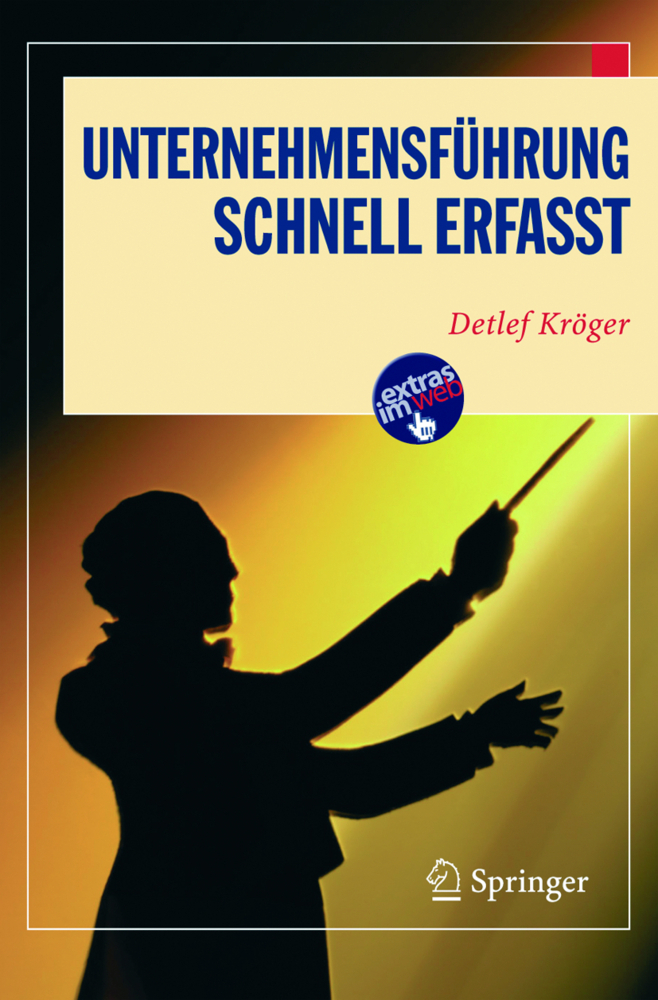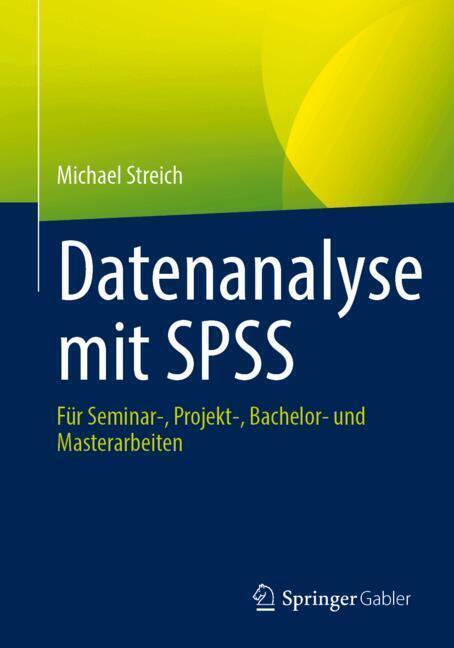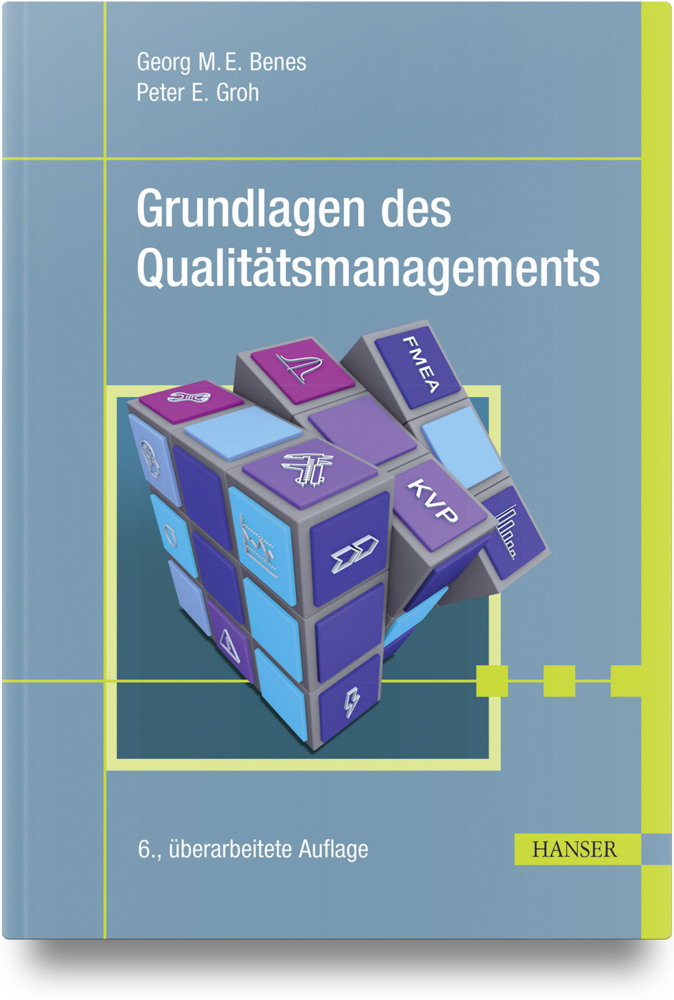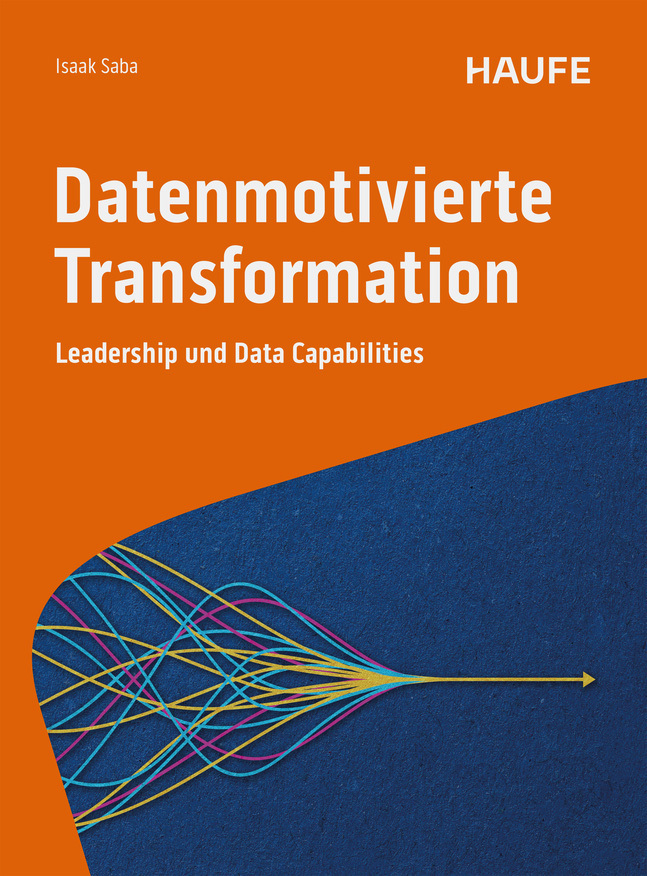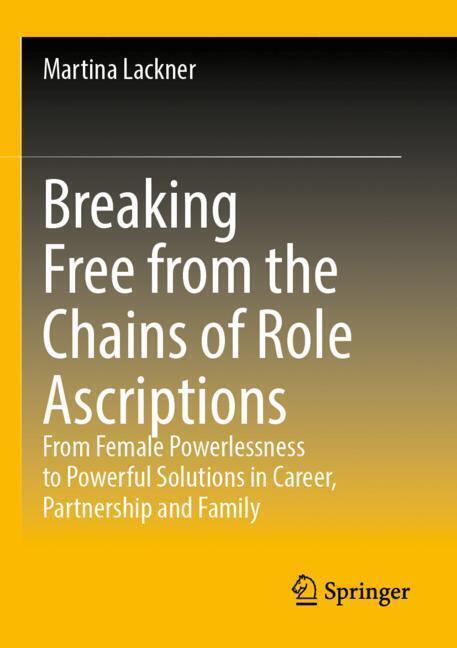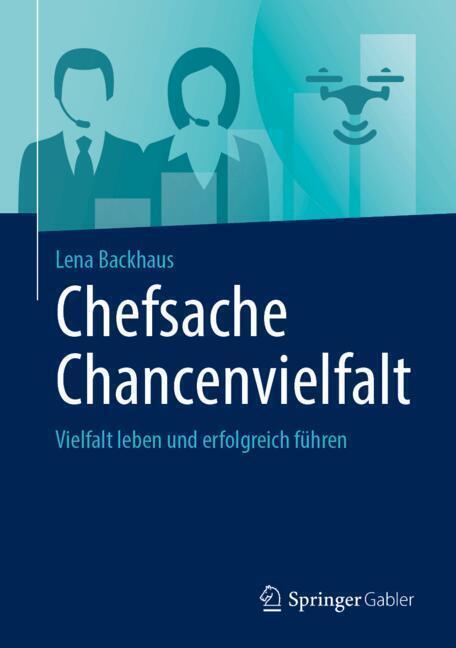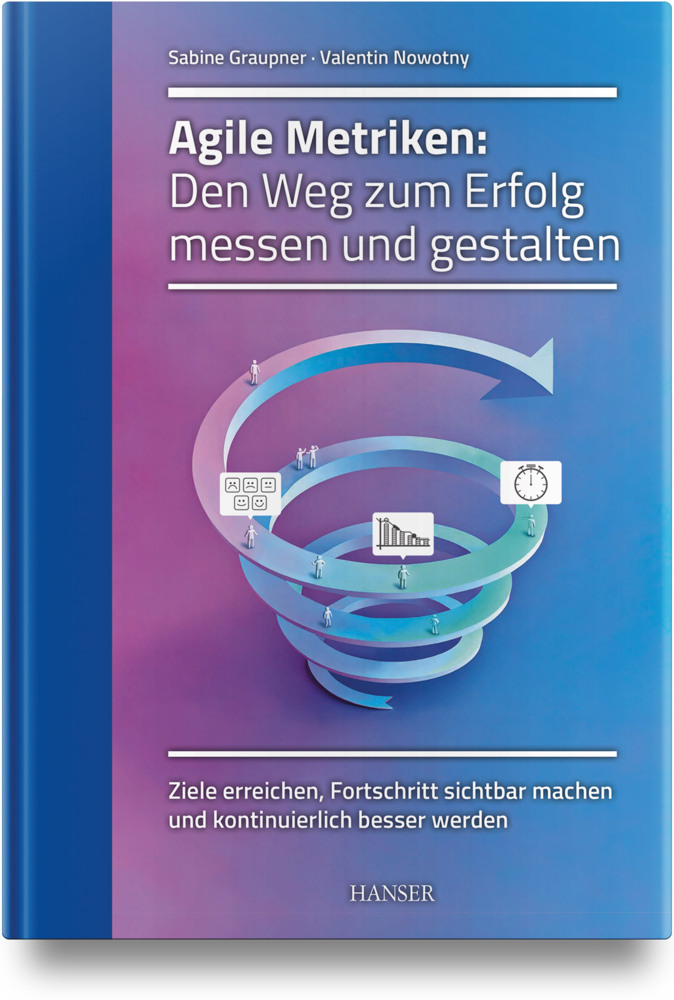Father to Son
The Mediation of Family Firm Succession Conflict
Family firm research has shown that the cooperative resolution of conflict between the incumbent entrepreneur and his successor is crucial for the survival of the family firm. Dispute resolution research suggests that a third party acting as mediator can provide valuable support to their efforts. Father to Son synthesizes insights from both lines of research to propose when, and how, mediation can contribute to the resolution of family firm succession conflicts. It offers a clear framework to guide family firm members, as well as their advisors, through the succession process.
Attorney Dr. Georg Berkel specializes in the negotiation process. Previously he worked for Siemens in Germany and Israel. Dr. Berkel has been practicing and teaching negotiations in more than 20 countries. He earned an MBA at IESE and a Ph.D. at the University of St. Gallen. He is a visiting lecturer at the University of Munich, regular visiting scholar at the Kellogg School of Management, and professor at IUBH. Visit for more information.
Attorney Dr. Georg Berkel specializes in the negotiation process. Previously he worked for Siemens in Germany and Israel. Dr. Berkel has been practicing and teaching negotiations in more than 20 countries. He earned an MBA at IESE and a Ph.D. at the University of St. Gallen. He is a visiting lecturer at the University of Munich, regular visiting scholar at the Kellogg School of Management, and professor at IUBH. Visit for more information.
1;Acknowledgments;7 2;Preface;9 3;TABLE OF CONTENTS;11 4;Table of Figures;12 5;TABLE OF FIGURES;15 6;1. Introduction;16 6.1;1.1 Research Problem;16 6.2;1.2 Purpose of Dissertation;18 6.3;1.3 Research Approach, Methodology, and Sources;19 6.3.1;1.3.1 Approach;19 6.3.2;1.3.2 Methodology;20 6.3.3;1.3.3 Sources;22 6.4;1.4 Structure of Dissertation;23 7;2. The Three Dilemmas of Succession;26 7.1;2.1 Introduction;26 7.2;2.2 The Family Firm;26 7.2.1;2.2.1 Introduction;26 7.2.2;2.2.2 Two-circle Model;27 7.2.3;2.2.3 Three- circle Model;28 7.2.4;2.2.4 Four-circle Model;29 7.2.5;2.2.5 Conclusion;32 7.3;2.3 The Role Dilemma;33 7.3.1;2.3.1 Introduction;33 7.3.2;2.3.2 Family vs. Management;37 7.3.3;2.3.3 Family vs. Ownership;38 7.3.4;2.3.4 Family vs. Supervision;40 7.3.5;2.3.5 Conclusion;42 7.4;2.4 The Internal Dilemma;43 7.5;2.5 The Relationship Dilemma;45 7.5.1;2.5.1 Introduction;45 7.5.2;2.5.2 Transfer of Power;45 7.5.3;2.5.3 Authority as Litmus Test;50 7.5.4;2.5.4 Mutuality;52 7.5.5;2.5.5 Conclusion;55 7.6;2.6 Conclusion;55 8;3. The Three Dimensions of Succession Conflict;58 8.1;3.1 Introduction;58 8.2;3.2 The Commitment to Succession;58 8.2.1;3.2.1 Introduction;58 8.2.2;3.2.2 Calculative Commitment;59 8.2.3;3.2.3 Affective Commitment;60 8.2.4;3.2.4 Normative Commitment;61 8.2.5;3.2.5 Conclusion;62 8.3;3.3 The Factors Constraining Commitment;62 8.3.1;3.3.1 Introduction;62 8.3.2;3.3.2 Information Constraints;62 8.3.3;3.3.3 Personal Constraints;63 8.3.3.1;3.3.3.1 Personal Constraints of Incumbent;65 8.3.3.2;3.3.3.2 Personal Constraints of Successor;69 8.3.4;3.3.4 Relationship Constraints;70 8.3.4.1;3.3.4.1 Relationship Constraints of Incumbent;71 8.3.4.2;3.3.4.2 Relationship Constraints of Successor;72 8.3.5;3.3.5 Conclusion;73 8.4;3.4 The Factors Promoting Commitment;75 8.4.1;3.4.1 Introduction;75 8.4.2;3.4.2 Information Promoters;75 8.4.3;3.4.3 Personal Promoters;75 8.4.4;3.4.4 Relationship Promoters;78 8.4.5;3.4.5 Dialogue as Method to Promote Commitment;81 8.4.6;3.4.6 Conclusion;84 8.5;3.5 The Influence of Time on Commitment;85 8.6;3.6 The Three Components of Succession Conflict;87 8.6.1;3.6.1 Introduction;87 8.6.2;3.6.2 Task & Process Conflict;88 8.6.3;3.6.3 Internal Conflict;89 8.6.4;3.6.4 Interpersonal Conflict;89 8.6.5;3.6.5 Conclusion;93 8.7;3.7 Conclusion;93 9;4. The Three Elements of Third Party Intervention;94 9.1;4.1 Introduction;94 9.2;4.2 The Role of the Third Party;94 9.2.1;4.2.1 Introduction;94 9.2.2;4.2.2 Facilitating Problem Solving;98 9.2.3;4.2.3 Fostering Individual Growth;101 9.2.4;4.2.4 Fostering Relationship Growth;103 9.2.5;4.2.5 Conclusion;105 9.3;4.3 The Timing of Intervention;106 9.4;4.4 Professional Conflict Resolution;109 9.4.1;4.4.1 Introduction;109 9.4.2;4.4.2 Consulting;109 9.4.3;4.4.3 Therapy;110 9.4.4;4.4.4 Mediation;111 9.4.4.1;4.4.4.1 Problem-Solving Mediation;113 9.4.4.2;4.4.4.2 Transformative Mediation;114 9.4.4.3;4.4.4.3 Combined Approach;116 9.4.5;4.4.5 Conclusion: When to Mediate;118 9.5;4.5 The Method of Mediation;120 9.5.1;4.5.1 When can Mediation be attempted?;120 9.5.2;4.5.2 What do the parties need to accomplish?;122 9.5.3;4.5.3 What concrete steps can be taken?;122 9.5.3.1;4.5.3.1 Understanding the conflict and the parties;122 9.5.3.2;4.5.3.2 Helping each party to assert their individual interests;123 9.5.3.3;4.5.3.3 Helping each party to recognize the others` interest;124 9.5.3.4;4.5.3.4 Helping the parties to identify commonalities;124 9.5.3.5;4.5.3.5 Helping the parties to establish criteria and agree on concrete solutions;125 9.5.3.6;4.5.3.6 The sequence of steps;126 9.5.3.7;4.5.3.7 Conclusion;129 9.5.4;4.5.4 How can the success of mediation be judged?;130 9.5.5;4.5.5 Conclusion;131 9.6;4.6 Conclusion;131 10;5. Conclusion;132 11;Appendix A: Interview Partners;135 12;Appendix B: Questionnaires;140 13;Bibliography;146
Berkel, Hans-Georg
| ISBN | 9783658243449 |
|---|---|
| Artikelnummer | 9783658243449 |
| Medientyp | E-Book - PDF |
| Copyrightjahr | 2019 |
| Verlag | Springer Gabler |
| Umfang | 165 Seiten |
| Sprache | Englisch |
| Kopierschutz | Digitales Wasserzeichen |


